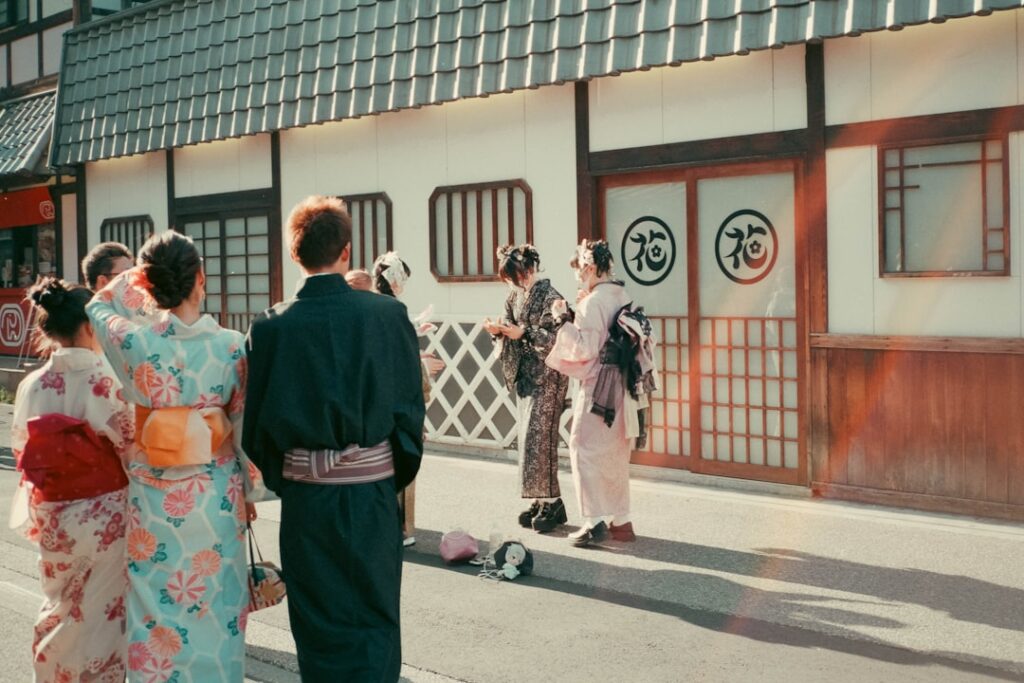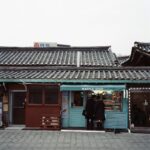Are you searching for a truly restorative escape from the rush of daily life? Japan’s forests, renowned for their age-old serenity, are calling. In recent years, “Shinrin-yoku” or forest bathing has experienced a remarkable resurgence as both locals and travelers seek deeper connections with nature and inner balance. This article takes you off the beaten path, introducing Japan’s most mystical Shinrin-yoku retreats, immersive forest experiences, and practical travel tips for those who want to embrace mindful ecotourism like a true local.
What is Shinrin-yoku? Rediscovering the Healing Power of Japan’s Forests
“Shinrin-yoku” (森林浴), literally “forest bathing”, is a uniquely Japanese practice that goes beyond a simple walk in the woods. Its core is presence—mindfully breathing in the earthy aroma, listening to birds, and letting the green hues of the forest ease your stress. The craze began in the 1980s, but in 2025, it has evolved into a vital escape for city-weary souls.
Scientific studies in Japan have shown that Shinrin-yoku can lower cortisol (the stress hormone), boost immune function, and heighten feelings of wellbeing. Many locals consider it not only a leisure activity but an essential pillar of preventive health. As modern Japanese life gets faster and more digital, returning to these green sanctuaries has become a powerful antidote.
Local-Approved Shinrin-yoku Hotspots: Where to Experience Deep Forest Immersion
- Yakushima (屋久島): This UNESCO World Heritage island, south of Kyushu, is a mossy wonderland of 1,000-year-old cedar trees and mist-shrouded rivers. Locals say its sacred forests amplify Shinrin-yoku benefits, especially along the Shiratani Unsuikyo Ravine. Spring and autumn are magical here, with less crowds and endless lushness.
- Oku-Nikko (奥日光): Tucked away north of Tokyo, Oku-Nikko’s ancient woods and tranquil lakes are beloved by nature lovers and monks alike. Local insiders recommend the Senjogahara Marsh and Lake Chuzenji for quiet contemplation and gentle hikes that immerse you in cool mountain air.
- Kumano Kodo (熊野古道): Far from tourist crowds, these pilgrimage trails wind through misty forests of Wakayama. Walking even a short section, you’ll find moss-cloaked stones, tea houses run by villagers, and a spiritual sense of timelessness. Watch for shy deer, bamboo groves, and hidden hot springs along the way!
These spots aren’t just tourist magnets—they’re cherished by locals who return year after year, seeking stillness and rejuvenation where the forest’s heart beats the loudest.
Experiencing the Forest: Guided Retreats, Forest Cafés, and Mindful Programs
The best Shinrin-yoku escapes often blend traditional wisdom with modern comfort:
- Nature-Guided Walks: Local guides in places like Yakushima and Oku-Nikko often hold small-group forest therapy sessions. You learn to slow your pace, notice rare flora, tap into centuries-old forest rituals, and in some spots, enjoy silent meditation by waterfalls.
- Forest Cafés: A growing trend, forest cafés offer locally roasted coffees, herbal teas, and mochi—all enjoyed in glass-walled spaces or even beneath the canopy. Popular in Kumano Kodo, these quaint spots sometimes double as pop-up art galleries or provide books on Japanese botany.
- Outdoor Yoga and Meditation: Many retreats now include morning yoga or mindfulness meditation held directly within the woods, as well as “sound bathing” sessions using singing bowls or local bamboo flutes. Weekend programs cater to everyone from solo travelers to families, helping deepen your senses and relaxation.
Booking one of these immersive experiences means not just escaping the city—but returning with skills to savor calm wherever you go.
Sustainability and Local Connection: Volunteering and Cultural Exchange
Many forest retreats in Japan collaborate closely with rural communities to preserve fragile ecosystems and foster real cultural connection. In Yakushima, visitors can join reforestation projects or workshops on traditional woodcraft. Elsewhere, travelers are welcome to volunteer in clean-up days, help with herb harvesting, or participate in forest shrine ceremonies alongside locals.
These sustainable initiatives not only protect the forests for future generations but also bridge the gap between visitors and the rhythms of rural life. Whether you’re exchanging stories over a home-cooked meal or planting cedar seedlings with new friends, these experiences create memories far beyond the usual touristic path.
How to Get There: Access, Bookings, and Tips for Your Shinrin-yoku Journey
- Getting There: All three deep forest hotspots (Yakushima, Oku-Nikko, Kumano Kodo) are best reached by a combo of trains and local buses—Japan Rail passes can help, and rural trains offer breathtaking window views. Some private forest retreats offer pickup from the nearest station.
- Booking In Advance: Popular retreats, especially in peak seasons (May-June & October-November), fill quickly. Many local guides and retreats now offer English-language booking sites, but some unique experiences (like forest café tastings or reforestation volunteer days) can be arranged only through direct email or phone.
- What to Bring: Pack lightweight waterproof gear, insect repellent, and reusable water bottles. Japanese forests are clean—do your part: bring trash bags and return nature as you found it!
- Local Etiquette: Greet guides and locals with a smile and bow. In small villages, a little Japanese (“arigato gozaimasu”—thank you!) goes a long way.
Embark on your Shinrin-yoku journey with open eyes and an open heart—you’re not just visiting forests, you’re rediscovering Japan in its quietest, most soulful form.







